- Bernard Preston homepage
- Our green rainwater
- Are the Cities of South Africa Water Scarce
Are the cities of South Africa water scarce?
Are the cities of South Africa water scarce is a question determined by the ratio of demand to supply. Is that which is available greatly underestimated?
As a whole South Africa is ranked as the 30th driest country. The annual precipitation is around 450mm per year; slightly over a half of the world average of 860 millimetres. But what about the cities?
Quick guide
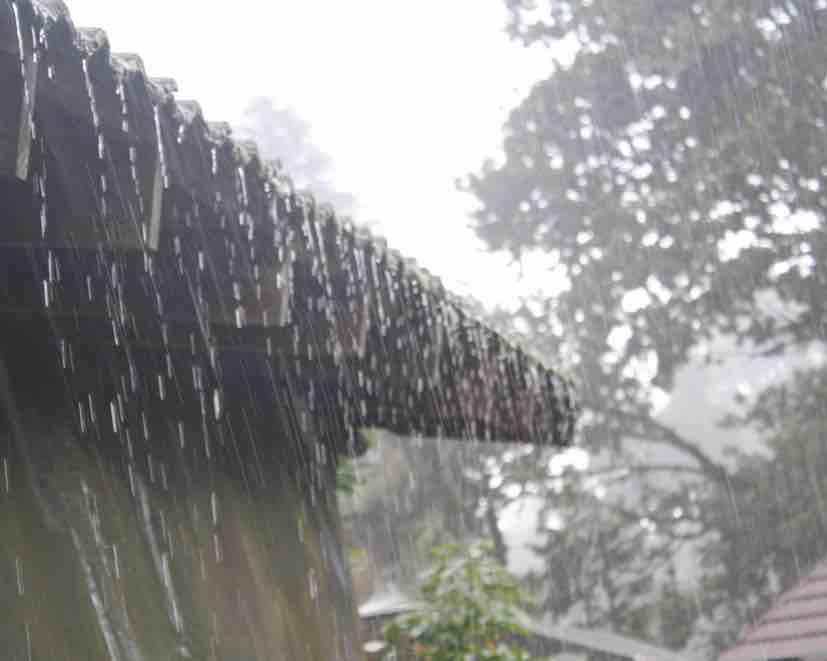 Water going to waste
Water going to waste"Water has become the new gold."
- Dr Ferrial Adam
Are the cities of South Africa water scarce?
City
Johannesburg
Cape Town
Port Elizabeth
Durban
Hilton
Annual rainfall
700mm
475mm
560mm
1,000mm
1,070mm
Months less than 50mm
5
6
6
4
4
How is water scarcity defined?
Water scarcity is defined as a ratio = Human consumption divided by available supply.
In short more people and less available water supply will mean that it's becoming a scarce commodity.
Economic water scarcity
Another factor that should come into the equation is the cost. For many it is accessible but they just cannot afford to pay for it; the high price has made their available water scarce.
An example from the Midlands of South Africa will illustrate this point. In 2023 the authorities literally increased the price by 50%. Though plenty of water is available many have been compelled to stop growing their food in the dry season; only the wealthy can afford to plant nutritious vegetables and fruit.
Economic water scarcity abounds though plenty abounds.
The knock-on effect it that the price of fruit and vegetables has risen substantially; hunger and malnutrition too. Permanent stunting of small children affects over one quarter of the population.
Agriculture and industry
Whilst classically water scarcity is defined only in terms of human consumption, clearly the needs of agriculture and industry must also be brought into the equation.
The reason that the Western Cape will remain a water scarce province is all the fruit orchards and vineyards that demand large amounts of irrigation in the long dry summers. Agriculture supplies food, work and foreign exchange from exports.
Electricity generation and mining too demand large amounts of water.
Already we are seeing the conflicting interests. Supplying human consumption whilst denying agriculture and industry will mean more hungry people and increased unemployment.
Falkenmark study
Falkenmark in his classic study pointed to four drivers of water scarcity.
- Overall demand; clearly expanding agriculture and industry come into the equation.
- Growing population; millions of people have relocated to the Western Cape and Gauteng in the last two decades seeking food and work.
- Climate change has brought about droughts and floods; the supply is increasingly irregular with high temperatures causing more evaporation from dams.
- Pollution has made much of the available water unusable. Untreated sewage, mining and agricultural runoff have greatly reduced the supply to the utilities.
Clearly all these factors are completely beyond the control of the individual; they should be the concerns of central government.
* Two-thirds of the world's population experience severe water scarcity annually for one month or longer.
* Nearly a half of the world's population regularly face water scarcity.
The supply of water
Classically usable water is supplied by rivers, dams and aquifers. Whilst obviously it is known that they are all totally dependent on the rain, how much thought have we given to harvesting and storing that which is falling on our rooves?
Reducing water leaks and contamination is central.
The real challenge
Since we obviously cannot reduce the number of people demanding water the only variable to be considered is the supply. Are we using all of our resources?
Harvesting the rain
Harvesting the rain and storing the water on site as they do in Bermuda addresses all of these factors. Leakage and contamination are minimal unless situated downwind of severe industrial pollution.
There is more than sufficient pristine water falling on the average home's roof to supply the occupants and their gardens for most months of the year.
Having harvested and stored the rain there is no economic water scarcity; it's free, courtesy of the heavens.
Underground reservoirs
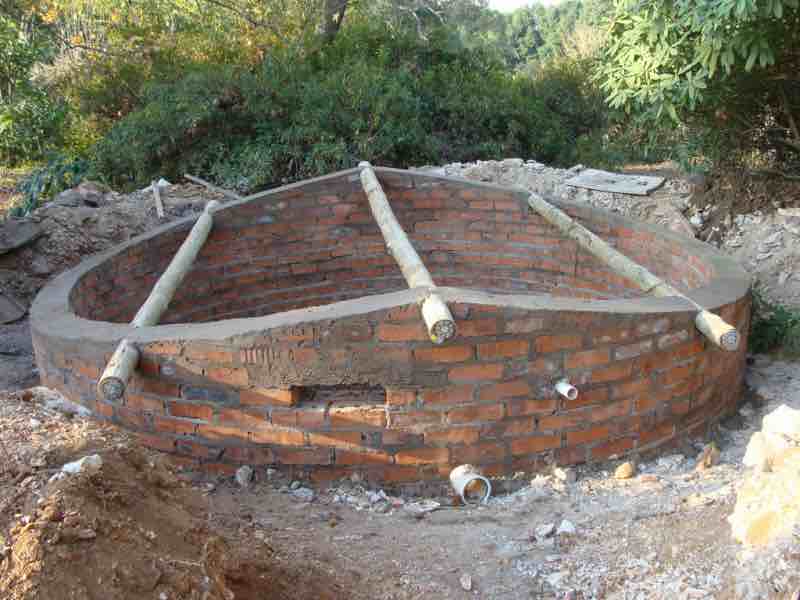
Underground reservoirs go back into antiquity; they are still commonly used in some countries but on the whole they are discounted and demeaned with laughable comments such as "rainwater is not potable."
That assumes the water from the utilities is free from plastic microparticles, chemical residues and industrial pollutants.
They are cheaper than above-ground tanks and the water is maintained at a far lower temperature; reducing growth of pathogens like E. Coli.
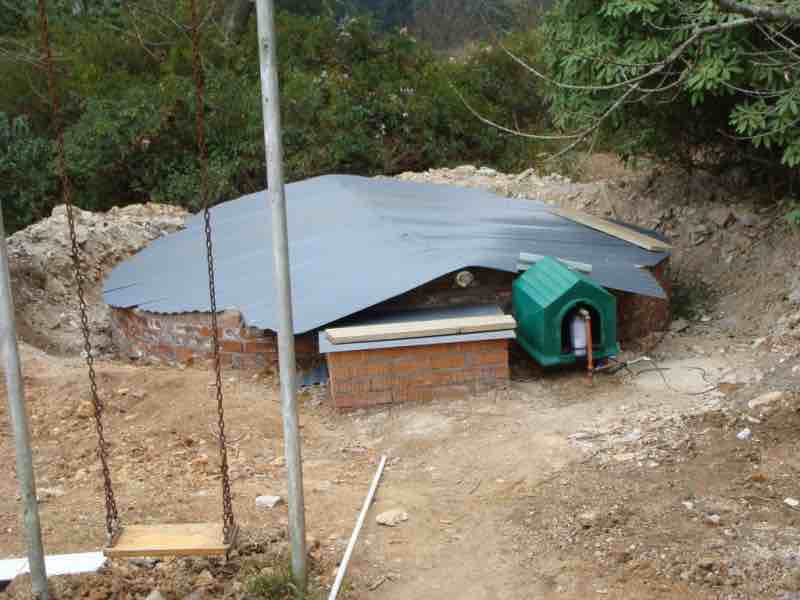
How big should the underground reservoir be?
Many factors need to be taken into account before deciding on the size of the underground reservoir.
- How many people will it serve?
- How much water will be required during the dry months to irrigate fruit and vegetable gardens?
- How large is the roof from which the rain will be harvested?
- How many dry months will there be with rainfall under 50mm?
- Must it also supply a swimming pool in the dry season?
- Is there a backup municipal supply?
- Are the inhabitants willing to use shower and bath water for toilets and even carry it to the garden?
My thoughts are that the underground reservoir should be at least 2 metres in radius and 2m deep. The cost of making it larger is relatively small in comparison with the increased benefits.
Our experience is that at least 50kL of storage is required for a household of 7 people with 4 months per annum of rainfall under 50mm; and also needing to irrigate a large vegetable garden and fill a swimming pool.
Are the cities of South Africa water scarce? Some like Cape Town certainly are with a very large population to serve, low annual rainfall and 6 dry months. The demand is high in the long hot summers and the supply minimal.
We would posit that homes on the eastern seaboard and even Gauteng should be able to satisfy all or most of their needs. The supply is more than adequate in the wet summers though the demand is constantly increasing around Johannesburg; according to Stats SA the number of people has risen by over one million in just five years from 2016 to 2021.

Other factors
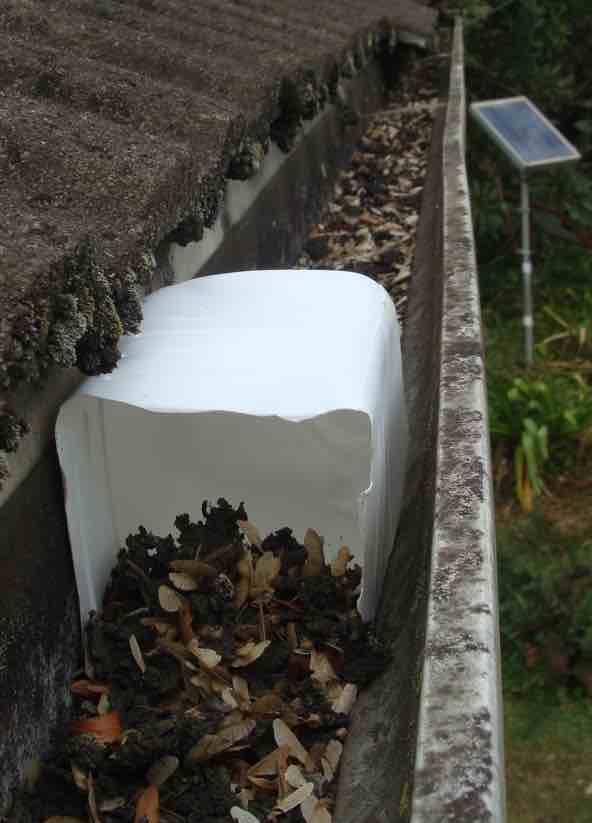
The gutters need to be cleaned at least once annually at the end of autumn; this should be done in any case.
The sump into which the rainwater feeds before filtering needs to be cleaned every two months in the wet season; a half hour job.
The main reservoir must be drained and properly cleaned at least every second year; preferably annually. This is a physically demanding job which would take two strong people a couple of hours at least.
How government could help the poor
Inadequate investment in the provision of clean water for the poor is a worldwide problem. Lack of proper sanitation has meant a serious situation with runoff of sewage into rivers, adding to the headaches.
South Africa has a large number of capable workers sitting unemployed at home. The cost of building an underground reservoir is roughly made up in equal parts between materials and labour.
Government could provide the materials, approximately R20,000 for a 40kL reservoir for any family that dug the hole by hand; it would take 3 strong men less than a week. The state would also need to supply trained supervisors who would oversee the work; it must be done to spec, particularly the plastering.
For the indigent poor the water would need to be raised by a pulley and bucket system and carried to where it is needed; currently they very often have to ferry heavy containers great distances.
For the more affluent, pumps and piped water could provide for showers, toilets and growing food.
 An indulgent shower can be enjoyed for most of the year
An indulgent shower can be enjoyed for most of the yearTrained teams
A better option would be for government to employ artisans specifically trained to build reservoirs, connecting them to down-pipes using standard UG 110 conduits. Again, families who wanted to make use of the service should dig their own holes to spec. It's not highly skilled; there are plenty of unemployed men sitting at home doing nothing.
Are the cities of South Africa water scarce? Yes, some are but even in the worst case scenario they could supply over half of their own needs. There is an abundance of rainfall in many areas; there is absolutely no reason why people should have to suffer the way they are.
Are the cities of South Africa water scarce?
Are the cities of South Africa water scarce is a serious question. In every part of the country harvesting the rain and storing it underground could in large measure alleviate the present suffering of the poor.
Water for vegetable gardening
This is not idle posturing; we have "walked the talk," providing over 80% of our own food. In the wet season there is mostly plentiful rain in many areas to plant fresh fruit and vegetables; but greens, legumes and starches in particular in the dry months need an adequate supply of water for irrigation.
Those who have a passion for gardening have more than enough food.

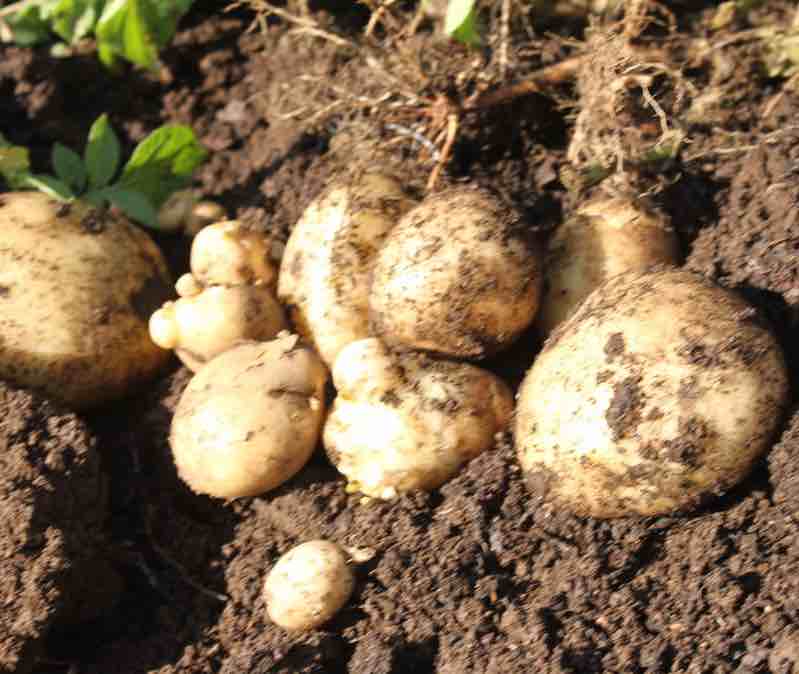

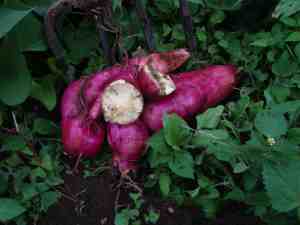

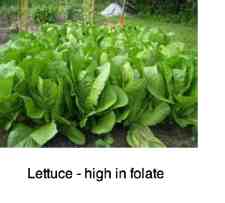

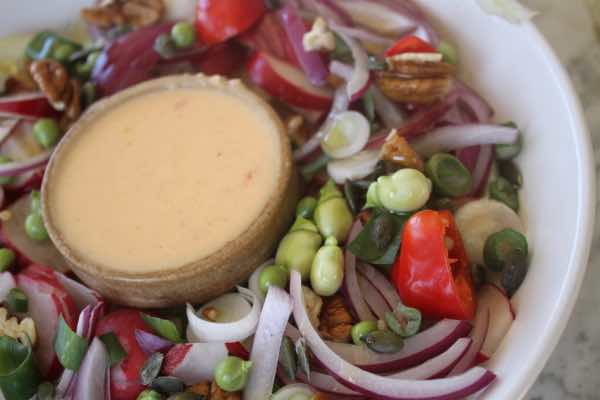

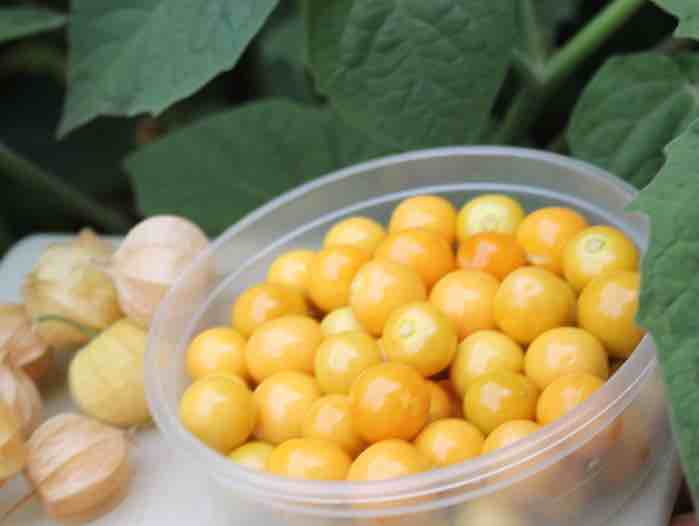

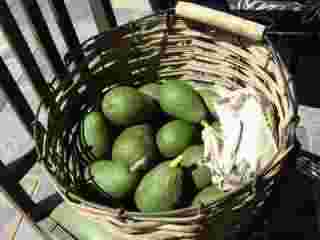
All of these photos are taken from our garden in Hilton. I do acknowledge that the annual rainfall is high and the water-scarce months low; but for no more than 10 weeks in 12 years have we had to resort to the municipality.
We have adequately answered the question "are the cities of South Africa water scarce?" Even in the worst case scenario the poor could provide for much of their own needs with help from the state. Those who are more affluent can "go off the grid," so to speak.
Our underground reservoir has been paid off many times over; more important we have no stress over the provision for both our home and garden. More than sufficient is provided by rainfall except for a very short window at the end of the dry season when there is some anxiety.
"If you have a garden and a library, you have everything you will ever need."
- Marcus Cicero, Roman politician, lawyer and orator
Most South Africans alas have neither a garden nor any books in their homes. It's tragic; starvation of the body and the mind.
8% reaches the dams
There may be a concern that if large scale building of underground reservoirs was considered that there would be an even worse shortfall running into rivers and dams. However experts have found that no more than 8% of the rain is actually captured; the vast majority is lost to seepage and evaporation.
We would suggest that even if hundreds of thousands of reservoirs were built this would only drop to perhaps 8% of the rain falling gratis from the heavens.
Fiberglass the reservoir
Fiberglassing the reservoir should be considered but it is expensive; then there will be zero leaks.

Are the cities of South Africa water scarce? Our experience is that there is plenty from rainfall for all our needs but we personally should have made the reservoir larger; at least 5m in diameter. We do require for some tanks for irrigation and washing of vegetables.
When browsing use right click and "Open Link in New Tab" or you may get a bad gateway signal.
Newsletter
Our newsletter is entitled "create a cyan zone" at your home, preserving both yourself and Mother Earth for future generations; and the family too, of course. We promise not to spam you with daily emails promoting various products. You may get an occasional nudge to buy one of my books.
Here are the back issues.
- Lifestyle and ideal body weight
- What are ultra-processed foods?
- Investing in long-term health
- Diseases from plastic exposure
- Intensive lifestyle management for obesity has limited value
- A world largely devoid of Parkinson's Disease
- The impact of friendly bacteria in the tum on the prevention of cancer
- There's a hole in the bucket
- Everyone is talking about weight loss drugs
- Pull the sweet tooth
- If you suffer from heartburn plant a susu
- Refined maize meal and stunting
- Should agriculture and industry get priority for water and electricity?
- Nature is calling
- Mill your own flour
- Bake your own sourdough bread
- Microplastics from our water
- Alternative types of water storage
- Wear your clothes out
- Comfort foods
- Create a bee-friendly environment
- Go to bed slightly hungry
- Keep bees
- Blue zone folk are religious
- Reduce plastic waste
- Family is important
- What can go in compost?
- Grow broad beans for longevity
- Harvest and store sunshine
- Blue zone exercise
- Harvest and store your rainwater
- Create a cyan zone at your home
Did you find this page interesting? How about forwarding it to a friendly book or food junkie? Better still, a social media tick would help.
- Bernard Preston homepage
- Our green rainwater
- Are the Cities of South Africa Water Scarce
Address:
56 Groenekloof Rd,
Hilton, KZN
South Africa
Website:
https://www.bernard-preston.com